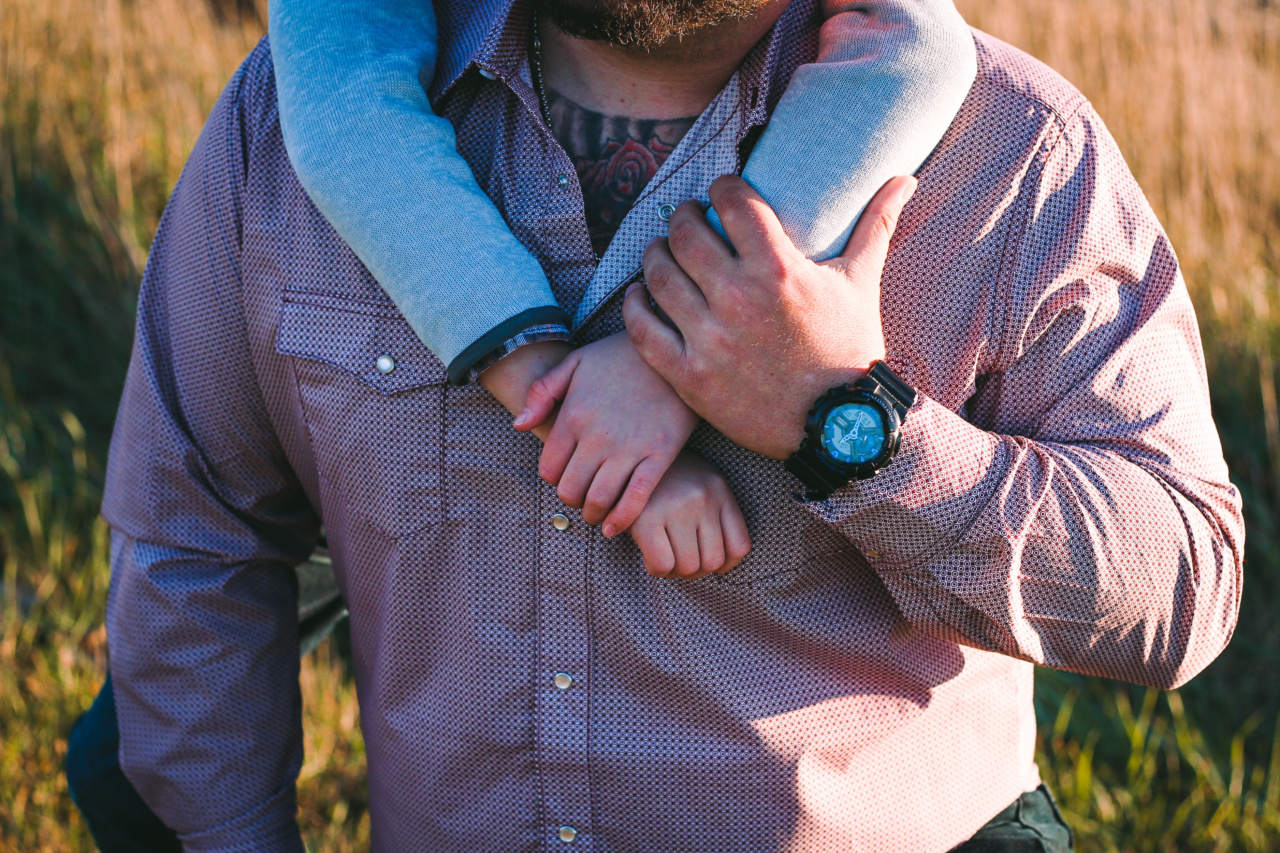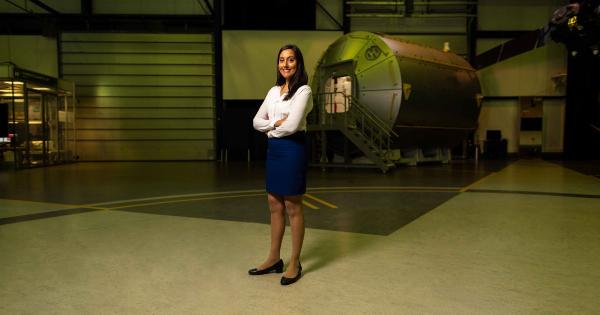Parent-child hugs are more than just heartwarming displays of affection. They have an intricate connection to our personalities, shaping who we are and how we relate to others.
Scientists have delved into the science behind these hugs, uncovering fascinating insights that highlight the profound impact they have on our development and behavior.
The Importance of Physical Touch
Physical touch, such as hugs, plays a fundamental role in human development. It is not only essential for our emotional well-being but also crucial for our physiological and psychological development.
Research has shown that physical touch produces oxytocin, commonly known as the “love hormone.” Oxytocin promotes bonding, trust, and empathy, and it even has the power to alleviate stress and anxiety.
Hugs and Emotional Regulation
Parent-child hugs have a significant impact on emotional regulation, particularly during childhood.
When a child experiences stress, a comforting hug from a parent triggers the release of oxytocin, helping the child to regulate their emotions and restore a sense of security. Over time, this pattern of secure attachment and emotional regulation can shape the child’s personality, leading to a more emotionally resilient and self-assured individual.
Hugs and Brain Development
Researchers have discovered that parent-child hugs can influence brain development.
Studies using imaging techniques such as MRI have shown that positive touch experiences, like hugs, activate brain regions associated with reward and emotional processing. These regions include the prefrontal cortex, insula, and the nucleus accumbens. The activation of these areas facilitates the formation of neural connections, ultimately shaping the child’s personality and emotional well-being.
The Role of Secure Attachment
Secure attachment is another crucial factor in the relationship between parent-child hugs and personality development. When a child consistently receives nurturing touch and affection, they develop a secure attachment style.
In adulthood, individuals with secure attachment tend to have better interpersonal relationships, higher self-esteem, and a more positive outlook on life.
Insecure Attachment and Hug Deprivation
Conversely, the absence of hugs and physical affection can result in insecure attachment. Children who do not receive regular hugs and physical touch may develop an avoidant or anxious attachment style.
Avoidant attachment can lead to emotional distancing in relationships, while anxious attachment often causes individuals to seek constant reassurance and validation from others.
Hug Styles and Personality Traits
Not all hugs are created equal. The way we hug and our preferences for specific hug styles can provide insight into our personality traits. Research has identified various hug styles and the personality traits associated with them:.
1. The Tight Squeeze
Individuals who prefer tight and long-lasting hugs tend to be warm, affectionate, and deeply connected to their loved ones. They prioritize strong emotional bonds and value trust and intimacy within their relationships.
2. The Pat-Pat Hug
People who engage in light patting or rhythmic gestures during hugs often exhibit a more reserved and cautious personality. They may have difficulty fully opening up emotionally but still appreciate the importance of physical touch.
3. The Lean In Hug
Individuals who lean into their hugs, placing their entire body weight onto the other person, tend to be reliable and supportive individuals. They are often perceived as strong pillars of support and are highly empathetic.
4. The Shoulder Clasp Hug
Those who embrace with a shoulder clasp tend to be confident and assertive individuals. They have a clear sense of boundaries and are often seen as charismatic leaders who radiate self-assurance.
5. The One-Arm Hug
Individuals who opt for the one-arm hug may appear more casual and independent. They value their personal space while still recognizing the importance of maintaining connectedness with others.
6. The Bear Hug
People who give bear hugs are typically enthusiastic and outgoing individuals. They are not afraid to express their emotions openly and value deep connections with others.
7. The Side Hug
Individuals who prefer the side hug often have a more reserved and cautious personality. They may find it challenging to fully trust and rely on others but still appreciate the comfort that physical touch provides.
8. The Polite Pat Hug
People who give polite pat hugs tend to be more reserved and introverted. They may feel more comfortable expressing affection through gestures and appreciate the importance of maintaining appropriate boundaries.
9. The Quick Squeeze
Individuals who opt for quick, brief hugs may have a more task-oriented and goal-driven personality. While they may value physical touch, they often prioritize efficiency and practicality in their interactions.
10. The Full-Body Hug
People who engage in full-body hugs tend to be more open and uninhibited in expressing their emotions. They value deep emotional connections and are often seen as highly affectionate individuals.
Hugs and Cultural Differences
It is essential to consider cultural differences when exploring the science behind parent-child hugs and personality. Cultures vary in their levels of physical intimacy and the significance they attach to hugs.
While physical touch is universally important, cultural norms and values shape hug styles and their perceived meanings.
Conclusion
Parent-child hugs are not only gestures of love and affection; they offer deep insights into our personalities.
Science has shed light on the profound link between hugs and personality development, emphasizing the importance of physical touch in shaping our emotional well-being, brain development, and attachment patterns. Understanding these intricacies can help us forge stronger connections with our loved ones and navigate the complex web of human relationships more effectively.






























